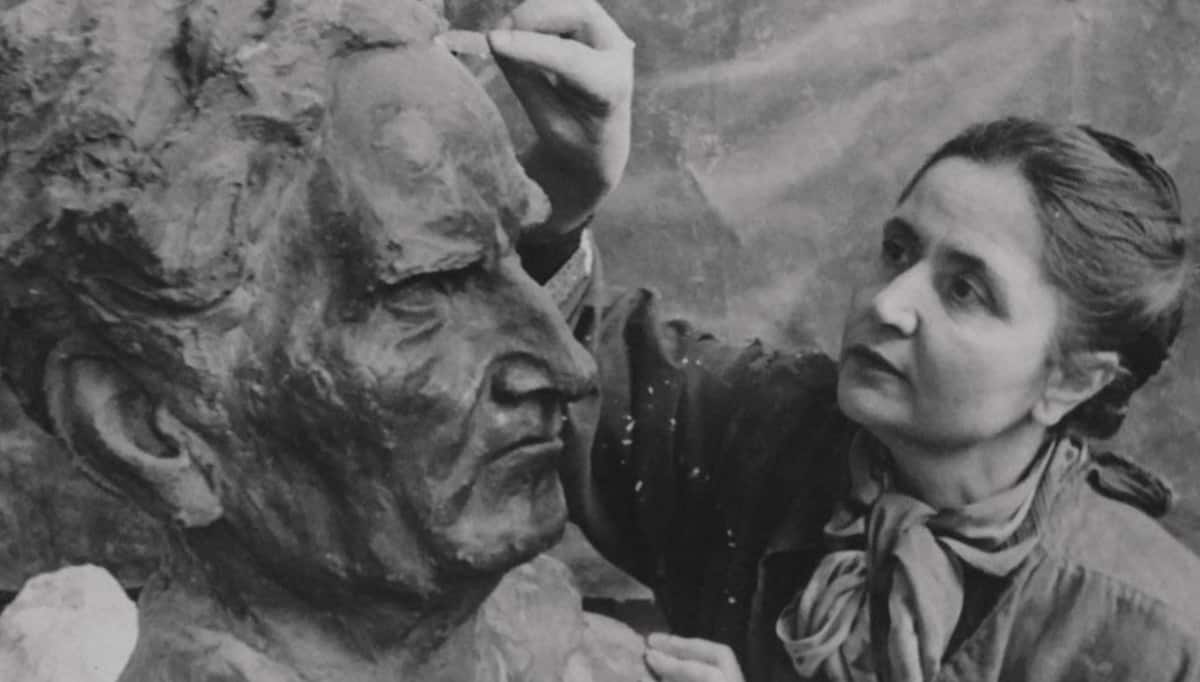Aytzemnik Urartu was the first female sculptor in the history of fine arts in Soviet Armenia. Her actual name was Aytzemnik Ter Khachatrian, and she was born in Kars on September 15, 1899, in the family of an educator.
The family moved to Stavropol (Northern Caucasus) during World War I. The future sculptress attended the Russian gymnasium until eighth grade. In 1921-1925 she took the courses of the newly opened School of Fine Arts in Baku, and in 1926 she participated in an exhibition in Moscow, were her two life-size sculptures were highly appreciated by participants and critics. The same year, she relocated to Yerevan.
From 1926 to the 1940s, Aytzemnik Urartu created a series of works that represented well-known personalities of Armenia using different methods (bust, bas-relief, an others). She worked for almost ten years on a monument to poet Hovhannes Tumanian, which was left unfinished, but she created the busts of many of Tumanian’s literary heroes, which had an artistic value of their own. She participated in the foundation of the Painters Union of Armenia.
During the Stalinist purges, the works of Aytzemnik Urartu were not exhibited and her works sent to various competitions were disregarded. This situation was possibly related to the fact that her close friend, the well-known historian and former First Secretary of the Communisty Party of Armenia (1922-1927) Ashot Hovhannisian, was arrested in 1937 and then exiled until 1943. They married in 1944 after Hovhannisian had been released.
The sculptress continued her prolific work, but fate continued playing its games. In 1947 the roof of her studio collapsed, destroying about 40 sketches and works. Only after many letters of complaint, the studio was renovated a year later.
In 1956 Aytzemnik Urartu earned the title of Artist Emeritus of the Soviet Union and became Popular Painter of Armenia in 1960. She worked for twenty years on one of her last creations, the sculpture of Movses Khorenatsi, the fifth-century A.D. Father of Armenian History, which she finished in 1961 and now decorates one of the halls of the Matenadaran, the library of ancient manuscripts in Yerevan.
In the 1960s, Aytzemnik Urartu stopped her creative activities due to Alzheimer’s disease. Even writing a letter was a matter of discomfort for her, but her willpower overcame many circumstances and until the end of her life she led the Painting Fund of Armenia and the division of sculptures of the Painters Union.
Two years after the death of her husband, Aytzemnik Urartu passed away in Yerevan on December 17, 1974.

